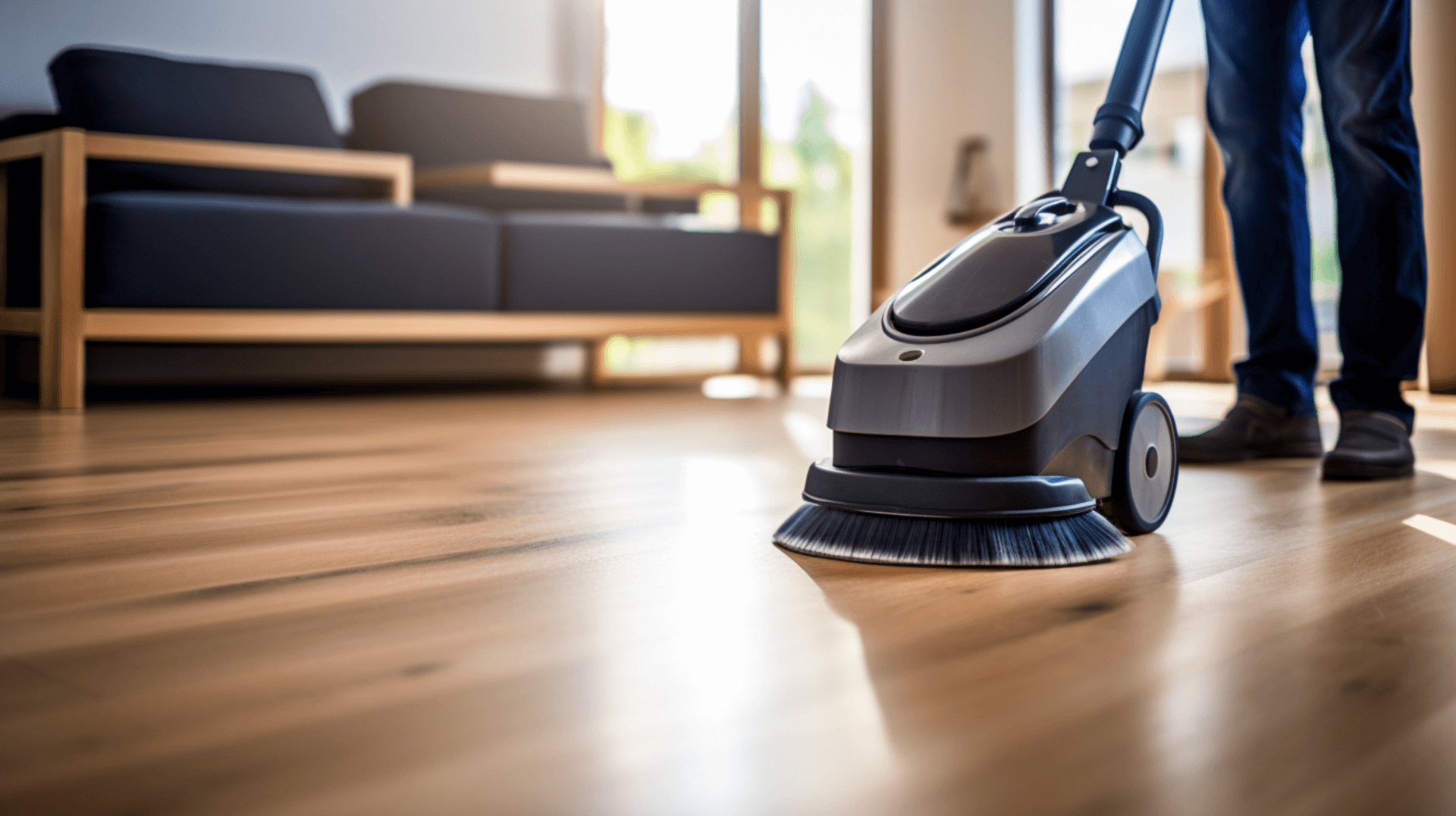Understanding the Importance of Cleaning Wooden Floors Before Sanding and Refinishing
Cleaning a wooden floor before sanding and refinishing is crucial for achieving a high-quality and long-lasting finish. Without proper cleaning, the floor may not be properly prepared for sanding and refinishing, resulting in a poor-quality result. Cleaning the floor removes dirt, dust, and debris that can interfere with the sanding and refinishing process, as well as any existing finishes that may be present.
The potential risks of skipping the cleaning process include scratches, scuffs, and other damage to the finish. Dirt and debris can be ground into the floor during the sanding process, resulting in scratches and scuffs that can be difficult to remove. Additionally, dirt and debris can interfere with the adhesion of the finish, resulting in a finish that is not as durable or long-lasting. It is also important to avoid using steam-cleaners on wood floors, as water in a vapor form can penetrate the wood fibers and cause irreversible damage to the wood flooring and the finish.
Cleaning a wooden floor before sanding and refinishing helps to ensure that the sanding and refinishing process is as effective as possible. By removing dirt, dust, and debris from the surface of the floor, the sanding process can be more efficient and produce a smoother and more even result. Additionally, cleaning the floor removes any existing finishes that may be present, allowing the new finish to adhere properly and provide better protection for the wood.
Overall, cleaning a wooden floor before sanding and refinishing is an essential step that should not be skipped. It helps to achieve a high-quality and long-lasting finish, while also preventing potential damage to the floor and ensuring the best possible result.
The Science Behind Cleaning Wooden Floors: Why it Matters
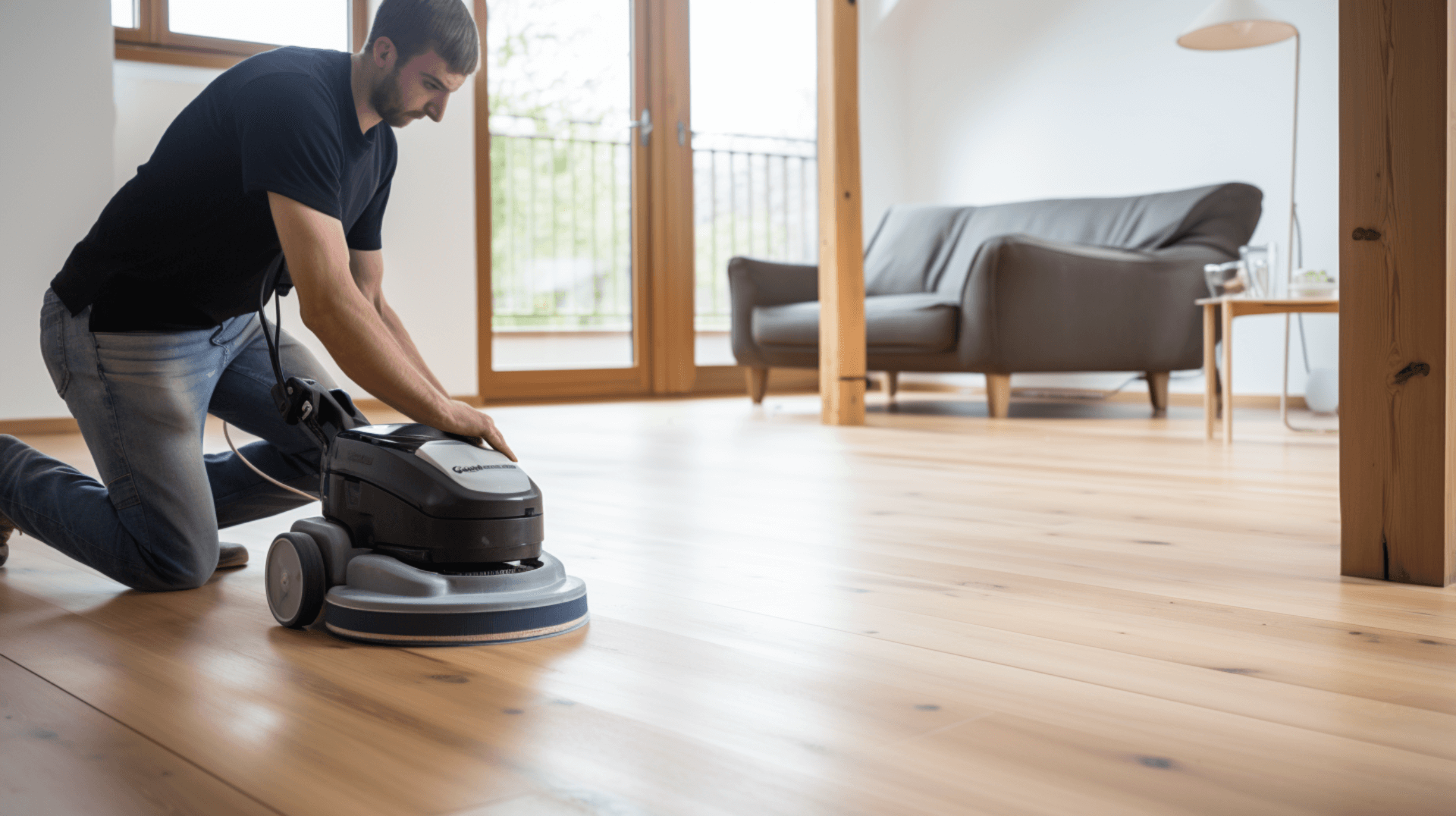
Cleaning a wooden floor before sanding and refinishing is essential for achieving a high-quality and long-lasting finish. During the cleaning process, dirt, dust, and debris are removed from the surface of the floor, as well as any existing finishes that may be present. This helps to prepare the wood for sanding and refinishing, as dirt and debris can interfere with the sanding process and the adhesion of the finish.
The cleaning process also helps to protect the wood from potential damage. Dirt and debris can be ground into the floor during the sanding process, resulting in scratches and scuffs that can be difficult to remove. Additionally, dirt and debris can interfere with the adhesion of the finish, resulting in a finish that is not as durable or long-lasting.
Cleaning the wooden floor opens up the wood fibers, allowing the sanding process to be more efficient and produce a smoother and more even result. It also removes any existing finishes, allowing the new finish to adhere properly and provide better protection for the wood.
The long-term benefits of properly cleaning wooden floors before refinishing include a longer-lasting finish and better protection for the wood. A clean floor helps to ensure that the sanding and refinishing process is as effective as possible, resulting in a smoother and more even finish. Additionally, it helps to prevent potential damage to the wood and ensures that the new finish adheres properly, providing better protection and durability.
By properly cleaning a wooden floor before refinishing, homeowners and business owners can achieve a high-quality and long-lasting finish that enhances the beauty and durability of their wood floors.
Preparing Your Space: Setting the Stage for Effective Cleaning
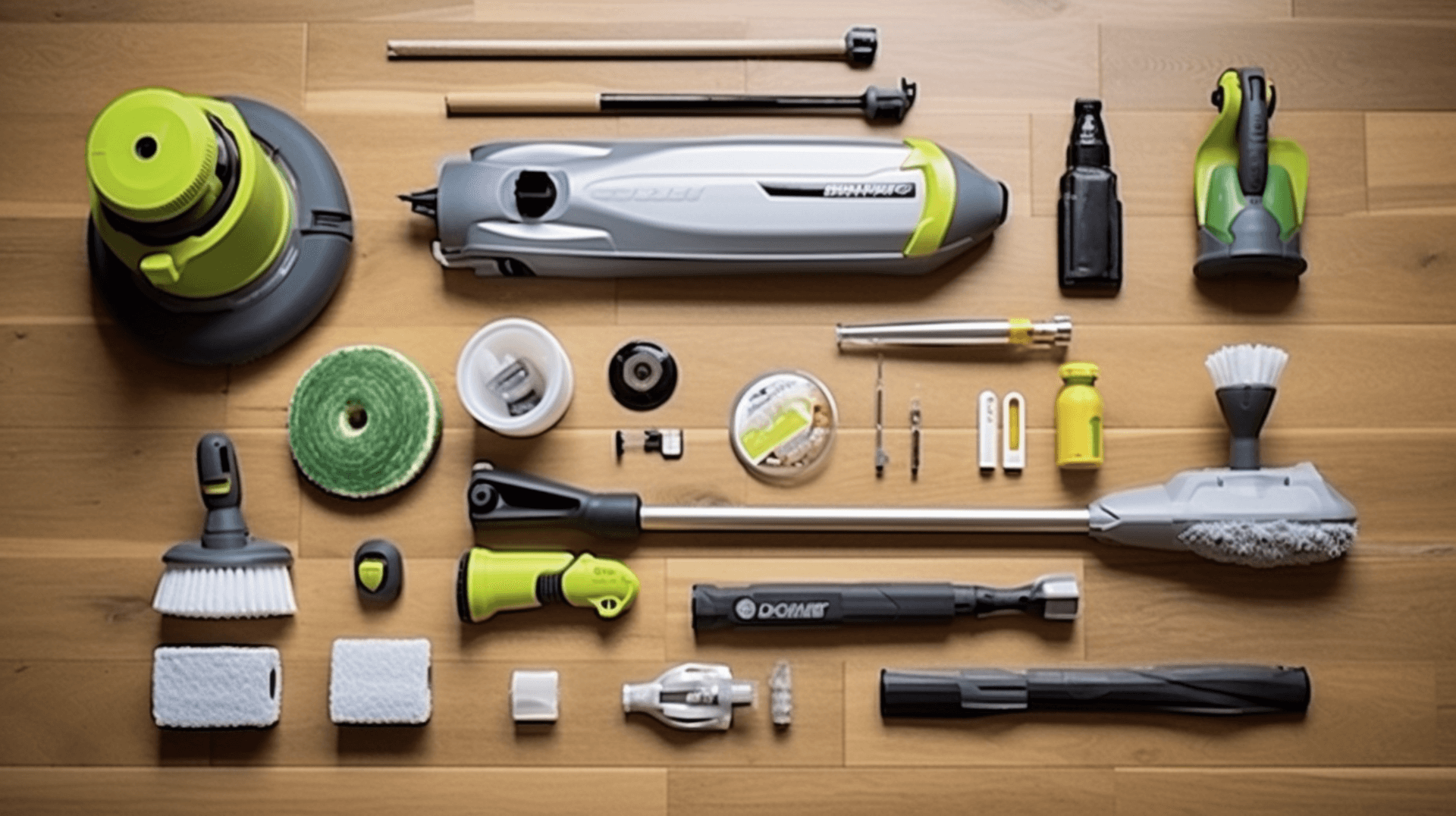
Preparing Your Space: Setting the Stage for Effective Cleaning
Before beginning the cleaning process for a wooden floor, it is important to take the necessary steps to prepare the room. This includes clearing the room of furniture and other items to ensure that the entire floor is accessible. Additionally, any gaps between the floorboards and along the skirting should be sealed to prevent dirt and debris from getting trapped.
Safety measures should also be taken to protect both the floor and the people cleaning it. Ensure that the room is well-ventilated to reduce the risk of inhaling dust or fumes. It is also important to wear protective gear, such as goggles and a dust mask, to protect yourself from any dust or debris that may be present.
The tools and materials necessary for cleaning a wooden floor include a soft-bristled broom or vacuum cleaner with a soft brush attachment, a mild soap and water solution or a specially formulated wood floor cleaner, and a mop. Avoid using a vacuum cleaner with a beater bar, as this can damage the finish. When mopping, be careful not to use excessive water, as this can cause the wood to warp or swell.
When it comes to replacing boards, it is important to ensure that the new boards match the existing ones in terms of species, grade, and finish. This will help to maintain a consistent appearance across the floor. Additionally, the new boards should be acclimated to the room’s humidity levels before installation to prevent warping or shrinking.
By properly preparing the room, taking safety measures, and using the right tools and materials, homeowners and business owners can ensure an effective and successful cleaning process for their wooden floors.
Choosing the Right Cleaning Products for Your Wooden Floor
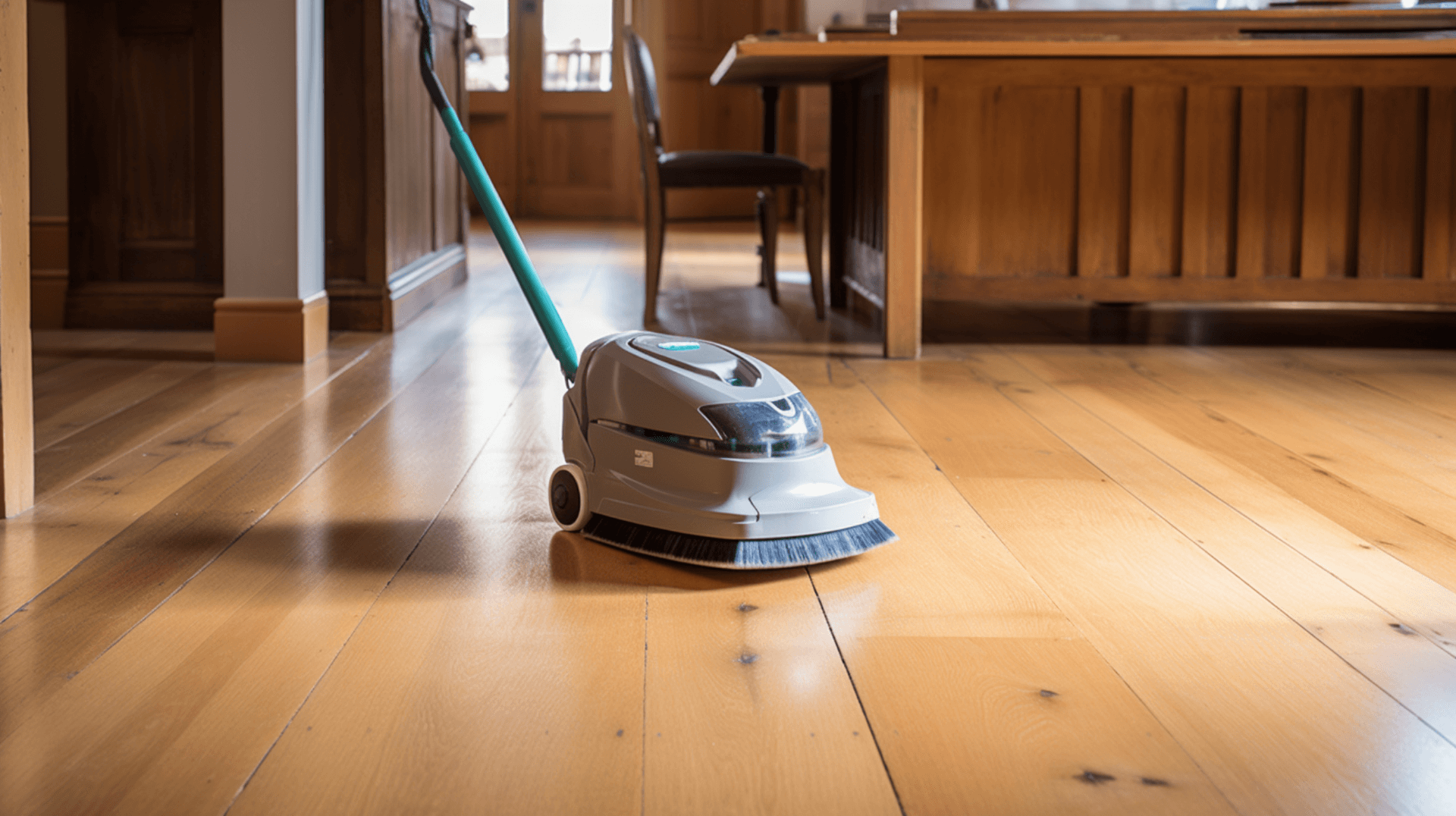
Choosing the right cleaning products for your wooden floor is crucial for maintaining its beauty and durability. There are several factors to consider when selecting a cleaning product, including the type of finish on the floor, the type of wood, and the potential environmental impact.
For wooden floors, it is best to use a mild soap and water solution or a specially formulated wood floor cleaner. Avoid using harsh chemicals or abrasive cleaners, as these can damage the finish. Additionally, steam-cleaners should be avoided, as water in a vapor form can penetrate the wood fibers and cause irreversible damage to the wood flooring and the finish.
When choosing a cleaning product, it is important to consider the type of finish on the floor. Different finishes require different cleaning products, so it is important to check the manufacturer’s recommendations for the best cleaning products to use. This will help ensure that the cleaning product is compatible with the finish and will not cause any damage.
The type of wood is also a factor to consider when choosing a cleaning product. Some cleaning products may be too harsh for certain types of wood, so it is important to choose a product that is suitable for your specific type of wood. This will help prevent any potential damage or discoloration.
In terms of environmental impact, natural cleaning products are generally safer for the environment and less likely to cause damage to the floor. they may not be as effective at removing dirt and debris as chemical cleaning products. Chemical cleaning products are more effective at removing dirt and debris, but they can be harsh on the floor and may contain harsh chemicals that can be harmful to the environment.
StepbyStep Guide: Cleaning Your Wooden Floor Before Sanding and Refinishing
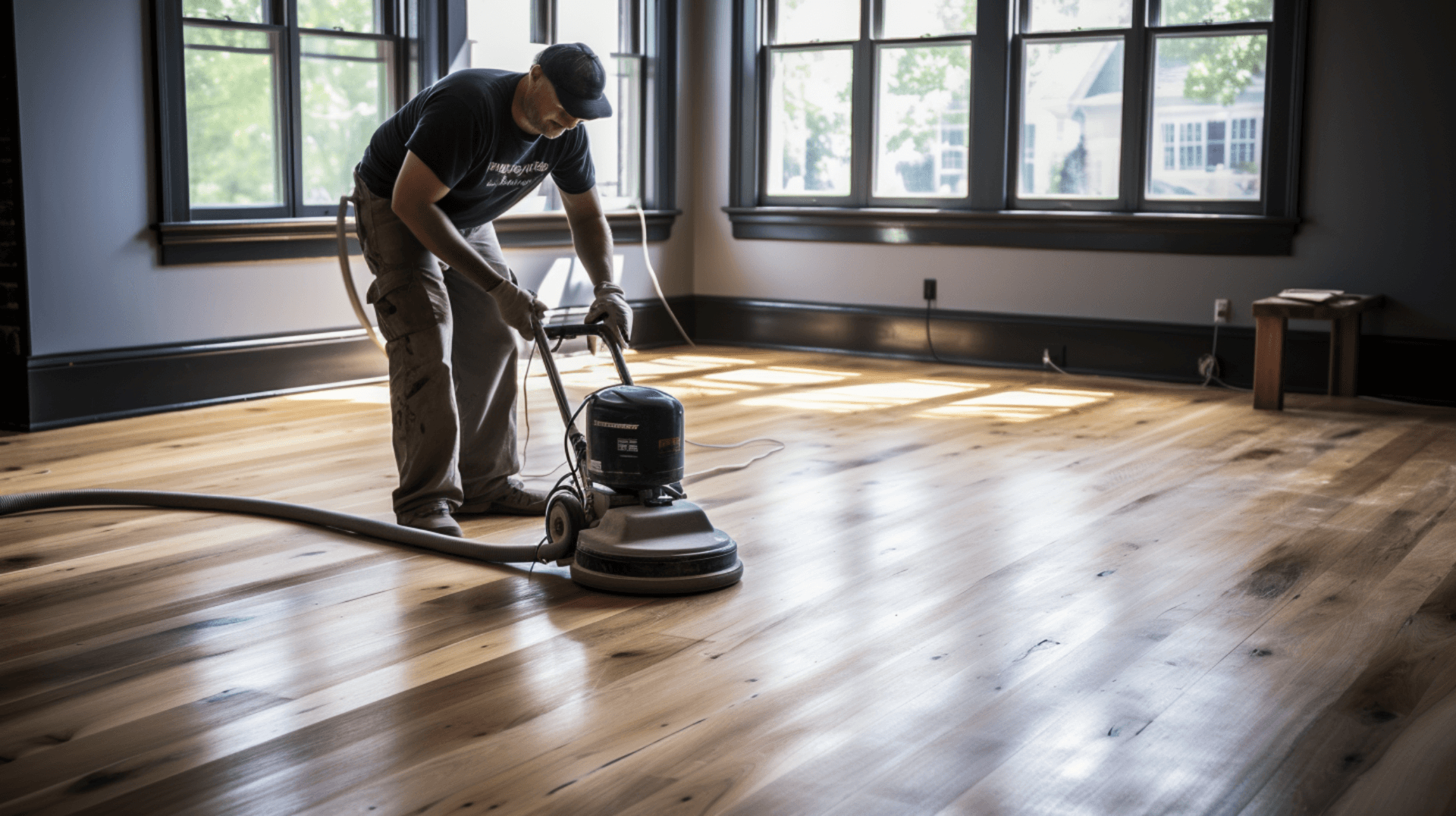
Cleaning a wooden floor before sanding and refinishing is an essential step for achieving a high-quality and long-lasting finish. The following steps provide a guide for effectively and efficiently cleaning a wooden floor before sanding and refinishing:
Preparing the Room: Clear the room of furniture and other items to ensure the entire floor is accessible. Seal any gaps between the floorboards and along the skirting to prevent dirt and debris from getting trapped. Take safety measures by wearing protective gear, such as goggles and a dust mask, and ensure the room is well-ventilated.
Cleaning the Floor: Use a soft-bristled broom or vacuum cleaner with a soft brush attachment to sweep or vacuum the floor and remove dirt, dust, and debris. Mix a mild soap and water solution or use a specially formulated wood floor cleaner. Avoid using excessive water, as it can cause the wood to warp or swell. Use a mop with a soft, absorbent head to apply the cleaning solution and gently mop the floor.
Handling Stubborn Stains and Marks: For stubborn stains and marks, use a soft cloth or a small amount of wood floor cleaner. Gently rub the stain in a circular motion until it is removed. Avoid using harsh chemicals or abrasive cleaners, as they can damage the finish.
Drying the Floor: After mopping, dry the floor with a soft cloth or mop to remove any remaining moisture. This will prevent water from seeping into the wood and causing damage.
By following these steps, you can effectively clean your wooden floor before sanding and refinishing, ensuring a high-quality and long-lasting finish.
Dealing with Common Challenges in Cleaning Wooden Floors
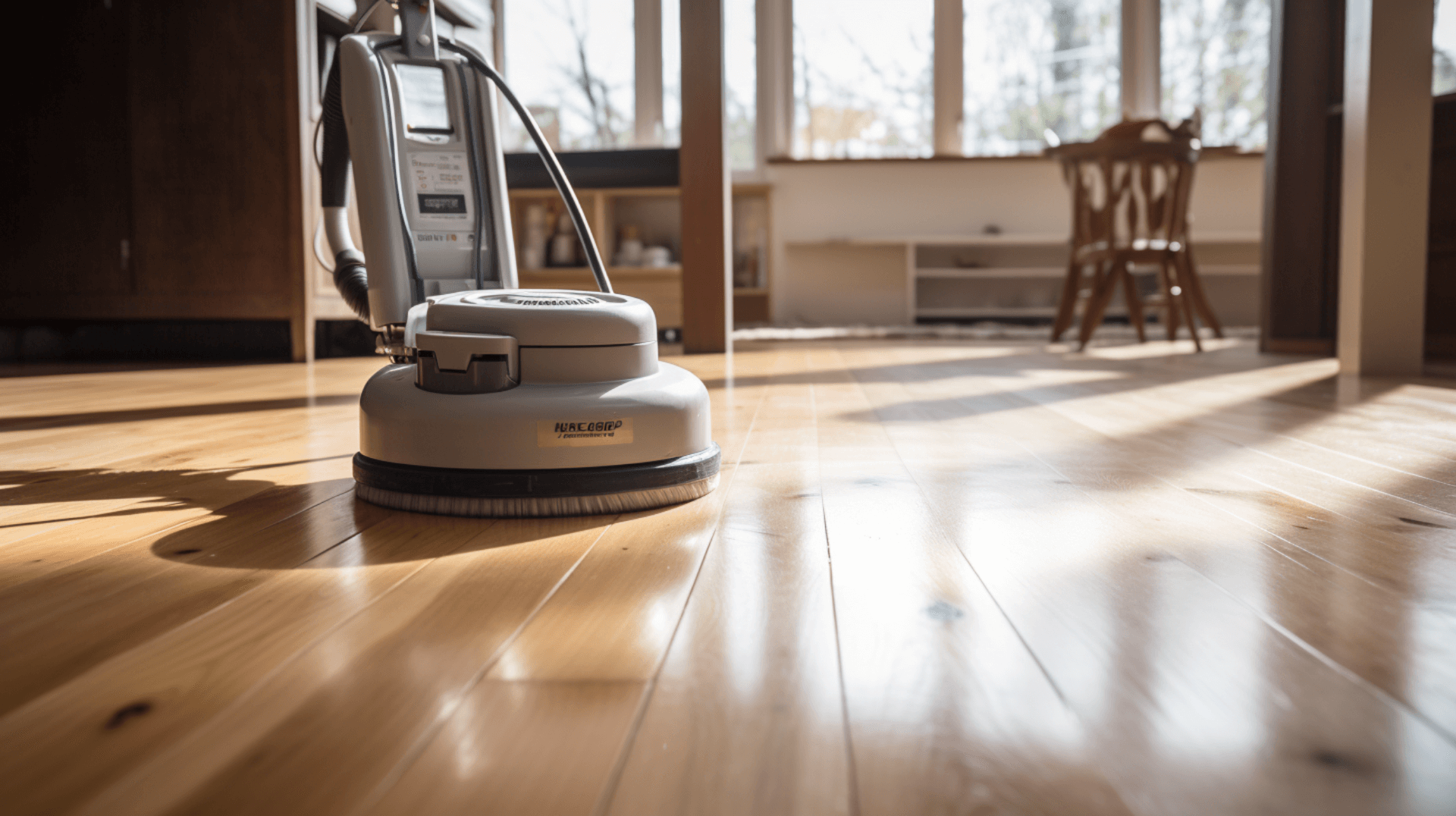
Cleaning a wooden floor before sanding and refinishing is an essential step for achieving a high-quality and long-lasting finish. The following steps provide a guide for effectively and efficiently cleaning a wooden floor before sanding and refinishing:
Preparing the Room: Clear the room of furniture and other items to ensure the entire floor is accessible. Seal any gaps between the floorboards and along the skirting to prevent dirt and debris from getting trapped. Take safety measures by wearing protective gear, such as goggles and a dust mask, and ensure the room is well-ventilated.
Cleaning the Floor: Use a soft-bristled broom or vacuum cleaner with a soft brush attachment to sweep or vacuum the floor and remove dirt, dust, and debris. Mix a mild soap and water solution or use a specially formulated wood floor cleaner. Avoid using excessive water, as it can cause the wood to warp or swell. Use a mop with a soft, absorbent head to apply the cleaning solution and gently mop the floor.
Handling Stubborn Stains and Marks: For stubborn stains and marks, use a soft cloth or a small amount of wood floor cleaner. Gently rub the stain in a circular motion until it is removed. Avoid using harsh chemicals or abrasive cleaners, as they can damage the finish.
Drying the Floor: After mopping, dry the floor with a soft cloth or mop to remove any remaining moisture. This will prevent water from seeping into the wood and causing damage.
By following these steps, you can effectively clean your wooden floor before sanding and refinishing, ensuring a high-quality and long-lasting finish. Additionally, it is important to consider the new context provided, such as protecting the floor from UV/sun exposure and avoiding the use of harsh chemicals or excessive moisture. These additional considerations will help maintain the beauty and durability of the wooden floor.
PostCleaning Care: Preparing Your Floor for Sanding and Refinishing

Post-Cleaning Care: Preparing Your Floor for Sanding and Refinishing
After cleaning your wooden floor, it is important to take the necessary steps to prepare the floor for sanding and refinishing. This will ensure that the sanding process is effective and that the new finish adheres properly to the wood. Here are the key steps to follow:
- Allow Sufficient Drying Time: It is recommended to wait at least 24 hours after cleaning before starting the sanding process. This will give the floor enough time to dry completely and ensure that the sanding process is as effective as possible. Moisture can interfere with the sanding process and affect the quality of the finish.
- Seal Gaps and Cracks: Check for any gaps between the floorboards and along the skirting and seal them. This will prevent dirt and debris from getting trapped during the sanding and refinishing process. Use a suitable wood filler or caulk to seal the gaps and ensure a smooth surface.
- Protective Measures: Take precautions to keep the floor clean and ready for the next step. Cover the floor with a protective sheet or tarp to prevent dirt and debris from settling on the surface. Wear protective gear, such as goggles and a dust mask, to protect yourself from dust and debris. Use a vacuum cleaner with a soft brush attachment to remove any remaining dirt or debris.
- Monitor Temperature and Relative Humidity: Temperature and relative humidity can affect the wood flooring. It is important to monitor these factors, as they are often part of the warranty of the flooring. Extreme temperatures and fluctuations in humidity can cause the wood to expand or contract, leading to issues with the finish. Ensure that the floor is not exposed to extreme temperatures and maintain a stable relative humidity level.
By following these post-cleaning care steps, you can effectively prepare your wooden floor for sanding and refinishing. This will help you achieve a high-quality and long-lasting finish that enhances the beauty and durability of your wood floors.
Understanding the Sanding Process: What Comes After Cleaning
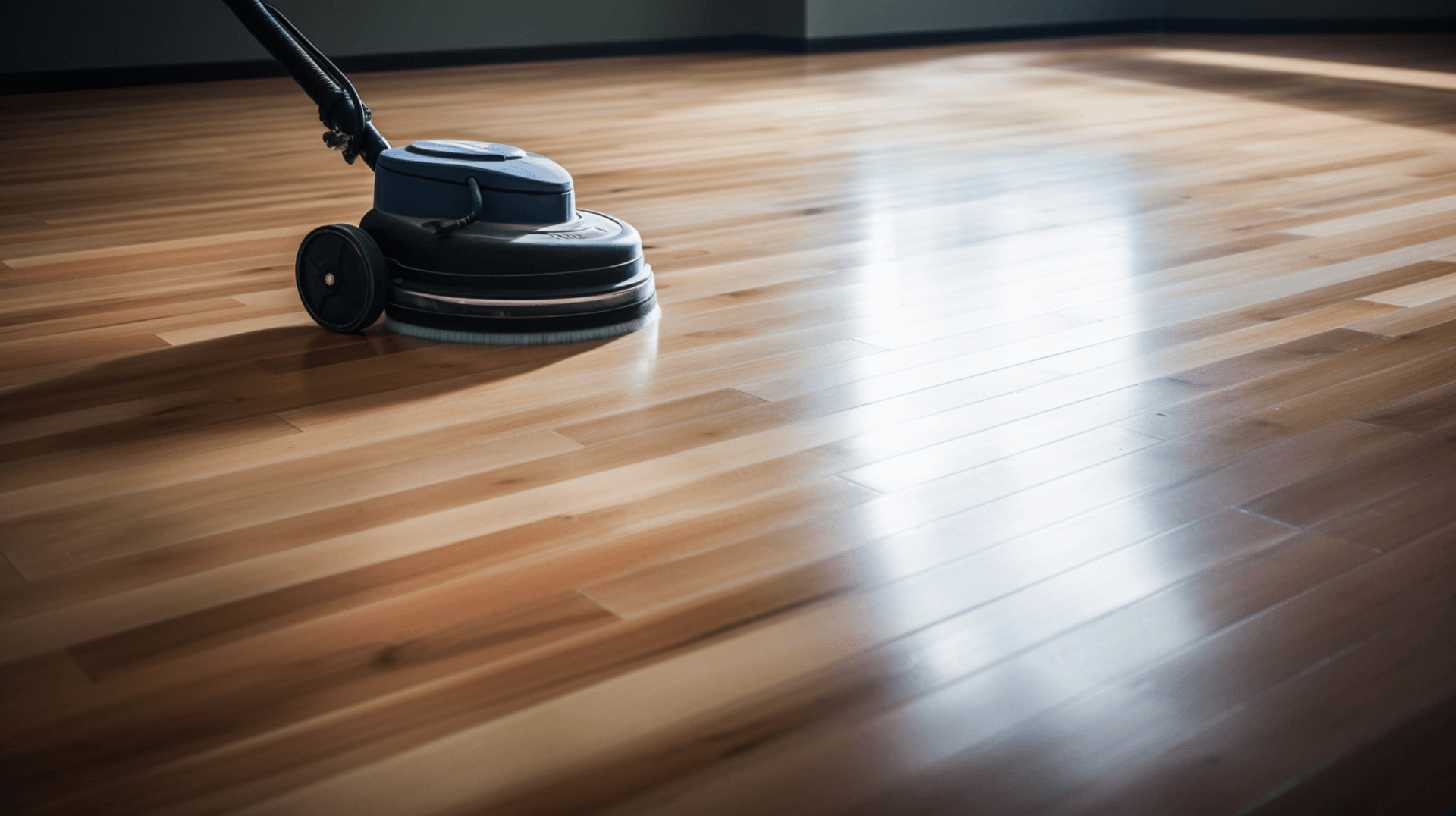
Understanding the Sanding Process: What Comes After Cleaning
Sanding a wooden floor is a crucial step in the refinishing process that follows the cleaning process. It serves several important purposes and complements the cleaning process to achieve a smooth, even surface that is ready for refinishing. Here is a breakdown of the sanding process and its significance:
Purpose of Sanding: The primary purpose of sanding a wooden floor is to remove imperfections such as scratches, dents, and discoloration. It also helps to eliminate any remaining dirt and debris that may have been missed during the cleaning process. Sanding creates a smooth, even surface that is essential for achieving a high-quality finish.
Complementing the Cleaning Process: While cleaning removes surface dirt and debris, sanding goes deeper to eliminate deeper imperfections and create a uniform surface. Sanding complements the cleaning process by providing a more thorough and effective way of removing dirt, debris, and imperfections. It prepares the floor for refinishing by ensuring a clean and smooth surface.
Steps Involved in Sanding: The sanding process typically involves three steps: rough sanding, intermediate sanding, and finish sanding. Rough sanding uses coarse-grit sandpaper to remove major imperfections. Intermediate sanding follows with medium-grit sandpaper to further smooth the surface. Finally, finish sanding uses fine-grit sandpaper to create a smooth, even surface ready for refinishing.
It is important to use the right sanding equipment and sandpaper for each step to achieve the desired results. Coarse-grit sandpaper is used for rough sanding, medium-grit sandpaper for intermediate sanding, and fine-grit sandpaper for finish sanding. Using the appropriate equipment and sandpaper ensures a high-quality finish and prolongs the life of the wooden floor.
By understanding the purpose of sanding, how it complements the cleaning process, and the steps involved, homeowners and business owners can effectively prepare their wooden floors for refinishing and achieve a smooth, flawless finish. Additionally, it is important to be aware of special nonskid floor coatings, as they can cause adhesion problems with future maintenance coats and may void manufacturer warranties.
The Finishing Touch: Refinishing Your Wooden Floor
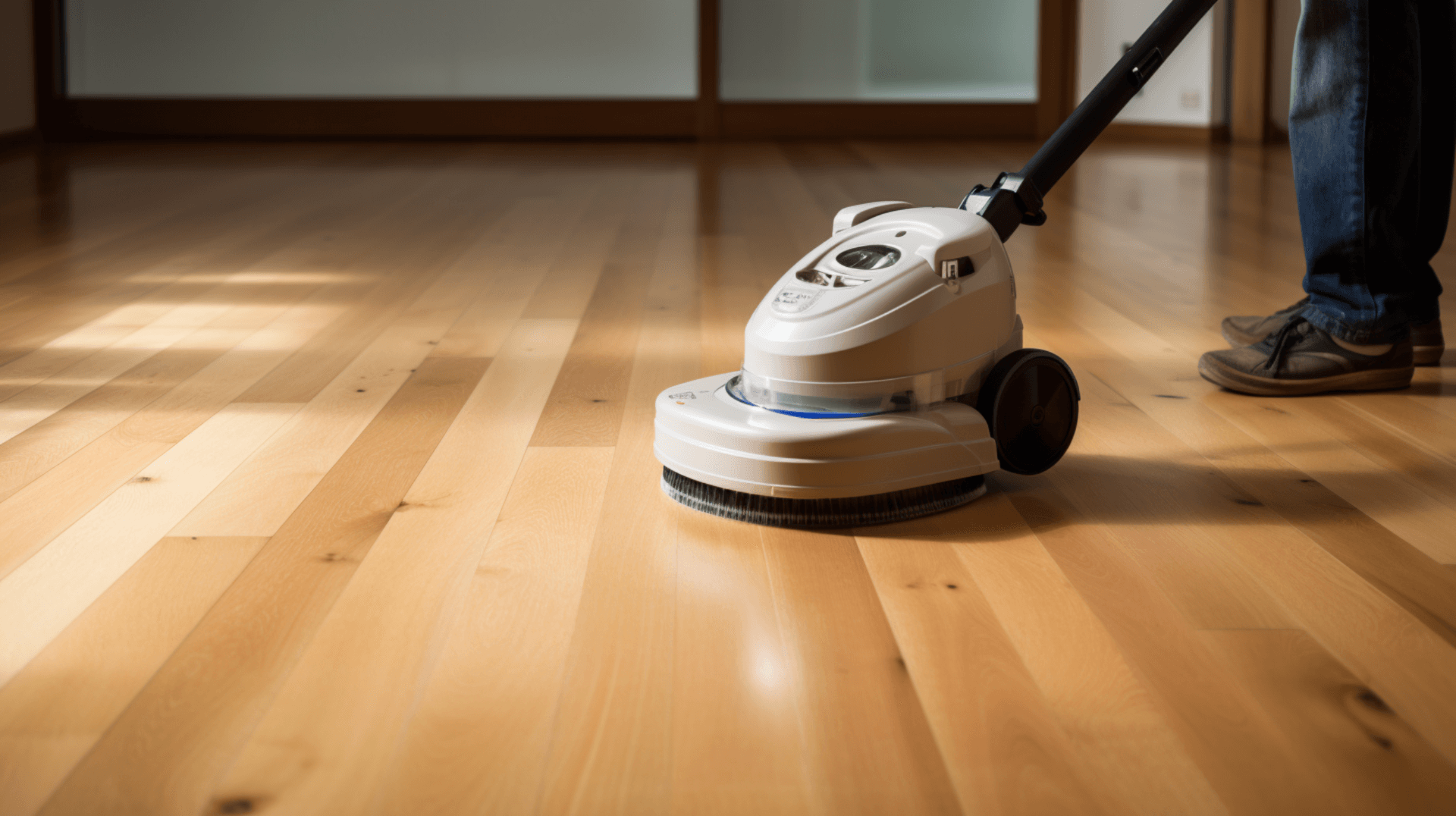
The Finishing Touch: Refinishing Your Wooden Floor
Refinishing a wooden floor is the final step in the process of restoring its beauty and durability. It involves applying a protective finish to the floor to protect it from wear and tear and enhance its appearance. There are several options available for floor finishes, including oil-based polyurethane, water-based polyurethane, and wax.
Oil-based polyurethane is a popular choice for refinishing wooden floors. It provides a durable finish that is resistant to scratches and scuffs, and it enhances the natural beauty of the wood. It is also easy to apply and can be used on both new and old floors. it should be separated or shielded from any heat-emitting appliance, fireplace, chimney, or flue pipes passing through a suspended floor and any potential source of ignition where the temperature is in excess of 70C, by non-combustible insulation in accordance with the provisions of the national Building Regulations.
Water-based polyurethane is another option for refinishing wooden floors. It is a more eco-friendly option than oil-based polyurethane, as it does not contain any volatile organic compounds (VOCs). It also provides a durable finish that is resistant to scratches and scuffs. Water-based polyurethane dries faster than oil-based polyurethane, allowing for quicker completion of the refinishing process.
Wax is a traditional option for finishing wooden floors. It provides a soft, natural look and can be buffed to a high shine. wax finishes require more frequent maintenance and may not be as durable as polyurethane finishes.
By selecting the appropriate floor finish, homeowners and business owners can achieve a beautifully restored wooden floor that not only enhances the overall aesthetic of the space but also provides long-lasting protection against daily wear and tear.
Maintaining Your Wooden Floor PostRefinishing
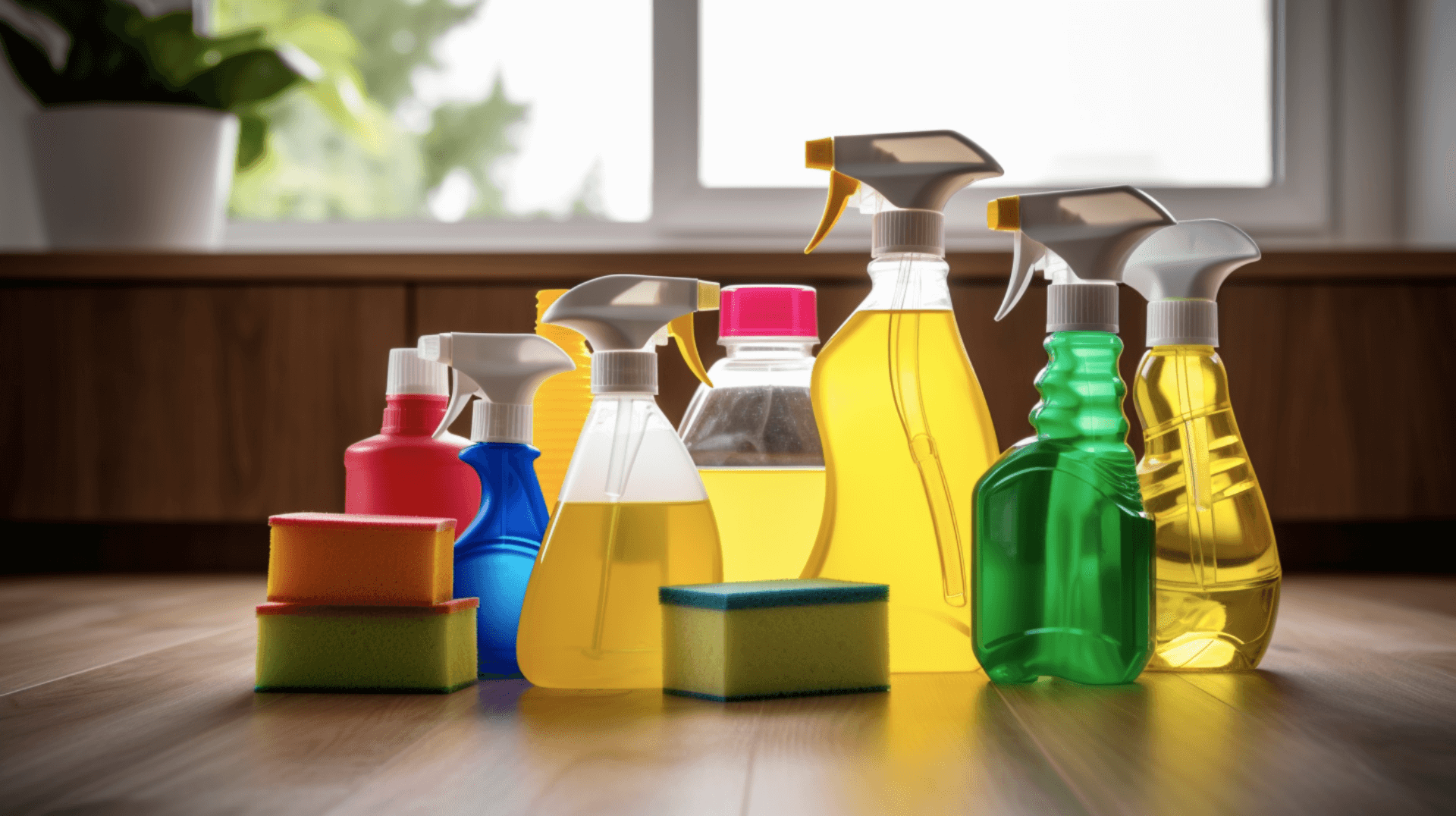
Maintaining Your Wooden Floor Post-Refinishing
Maintaining a refinished wooden floor is essential for preserving its beauty and durability. To ensure the floor looks its best and lasts for years to come, it is important to follow a regular maintenance routine.
Cleaning Products and Methods: Regular cleaning is essential for maintaining a refinished wooden floor. Use a soft-bristled broom or vacuum cleaner with a soft brush attachment to remove dirt, dust, and debris. Avoid using excessive water, as it can cause the wood to warp or swell. Use a mop with a soft, absorbent head to apply a mild soap and water solution or a specially formulated wood floor cleaner. Gently mop the floor and dry it with a soft cloth or mop to remove any remaining moisture. Avoid using harsh chemicals or abrasive cleaners, as they can damage the finish.
Protection: Protect the floor from UV/sun exposure and furniture scratches by using area rugs or mats in high-traffic areas. Place felt pads under furniture legs to prevent scratches and dents. Avoid dragging heavy furniture across the floor, as it can cause damage to the finish.
Maintenance: Inspect the floor regularly for signs of wear and tear. If any scratches or dents are found, they should be repaired immediately. Consider applying a maintenance coat of finish every few years to keep the floor looking its best. Follow the manufacturer’s recommendations for maintenance products and procedures to ensure compatibility with the refinished floor.
By following these maintenance tips, you can keep your refinished wooden floor looking its best for years to come. Regular cleaning, protective measures, and maintenance will help preserve the beauty and durability of the floor, ensuring that it remains a stunning feature in your home or business.
Expert Advice: Tips and Insights from GJP Floor Sanding Professionals
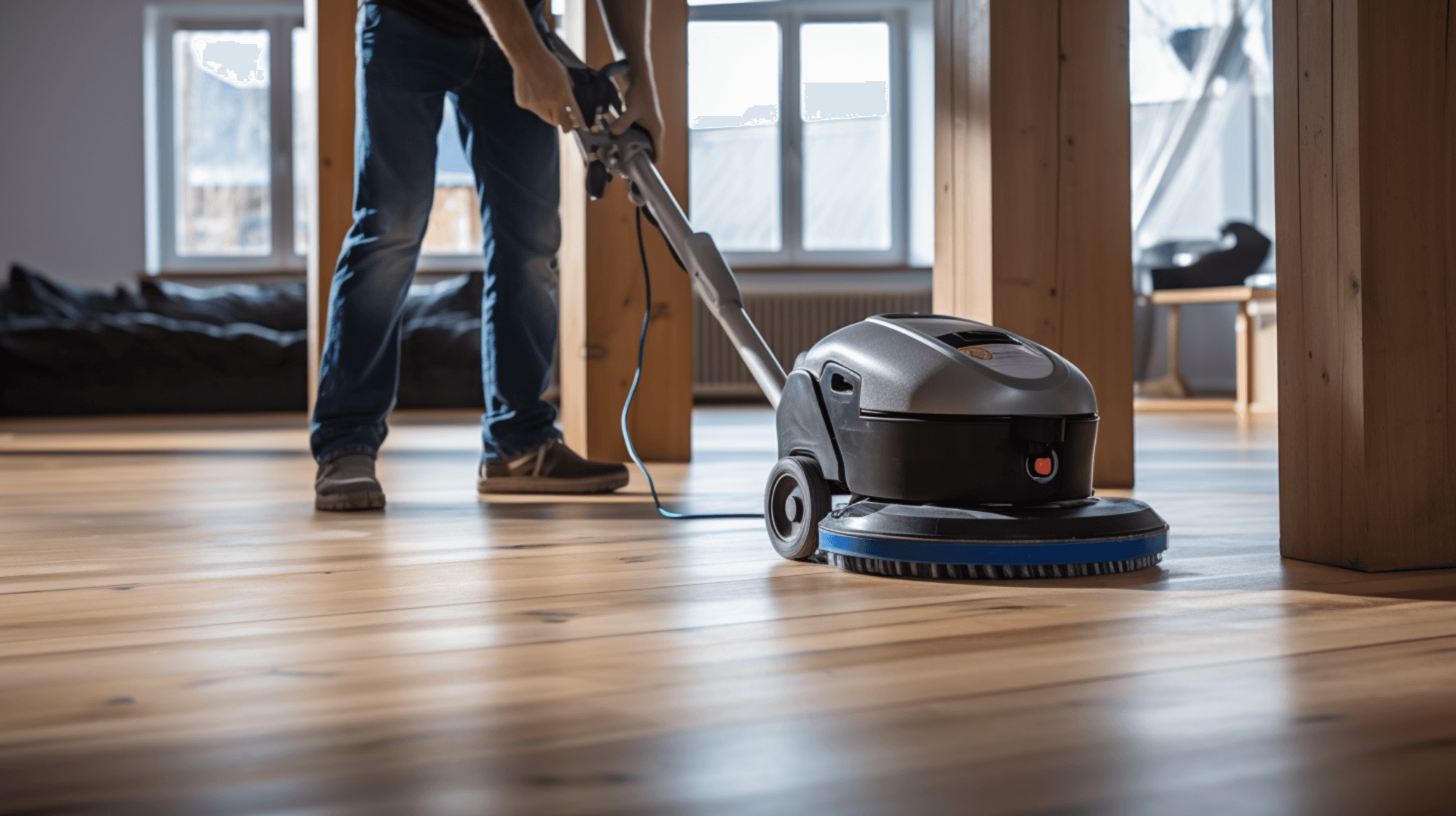
Expert Advice: Tips and Insights from GJP Floor Sanding Professionals
GJP Floor Sanding professionals have a wealth of experience in cleaning and refinishing wooden floors. Here are some expert tips to help you get the best results from your cleaning and refinishing project:
- Choose the Right Cleaning Products: It is important to use the right cleaning products for your wooden floor. Avoid using harsh chemicals or abrasive cleaners, as they can damage the finish. Instead, opt for mild soap and water solutions or specially formulated wood floor cleaners. These products are designed to effectively clean the floor without causing any harm.
- Avoid Excessive Water: Excessive water can cause the wood to warp or swell, so it is important to avoid using too much water when cleaning. Use a mop with a soft, absorbent head to apply the cleaning solution and dry the floor with a soft cloth or mop to remove any remaining moisture. This will help prevent any damage to the wood and maintain its integrity.
- Protect the Floor: Protecting the floor from UV/sun exposure and furniture scratches is crucial for maintaining its beauty and durability. Use area rugs or mats in high-traffic areas to prevent wear and tear. Place felt pads under furniture legs to prevent scratches and dents. Avoid dragging heavy furniture across the floor, as it can cause damage to the finish. These protective measures will help extend the life of your refinished wooden floor.
- Regular Maintenance: Regular maintenance is key to preserving the beauty and durability of a refinished wooden floor. Inspect the floor regularly for signs of wear and tear, such as scratches or dents. Address any issues promptly to prevent further damage. Follow the manufacturer’s recommendations for maintenance products and procedures to ensure compatibility with the refinished floor. This will help keep your floor looking its best and ensure its longevity.
By following these expert tips from GJP Floor Sanding professionals, you can achieve the best results when cleaning and maintaining your wooden floor. Our experience and expertise will help you avoid common mistakes and simplify the process, ensuring that your floor remains beautiful and durable for years to come.
Contact Us: Get Professional Help from GJP Floor Sanding
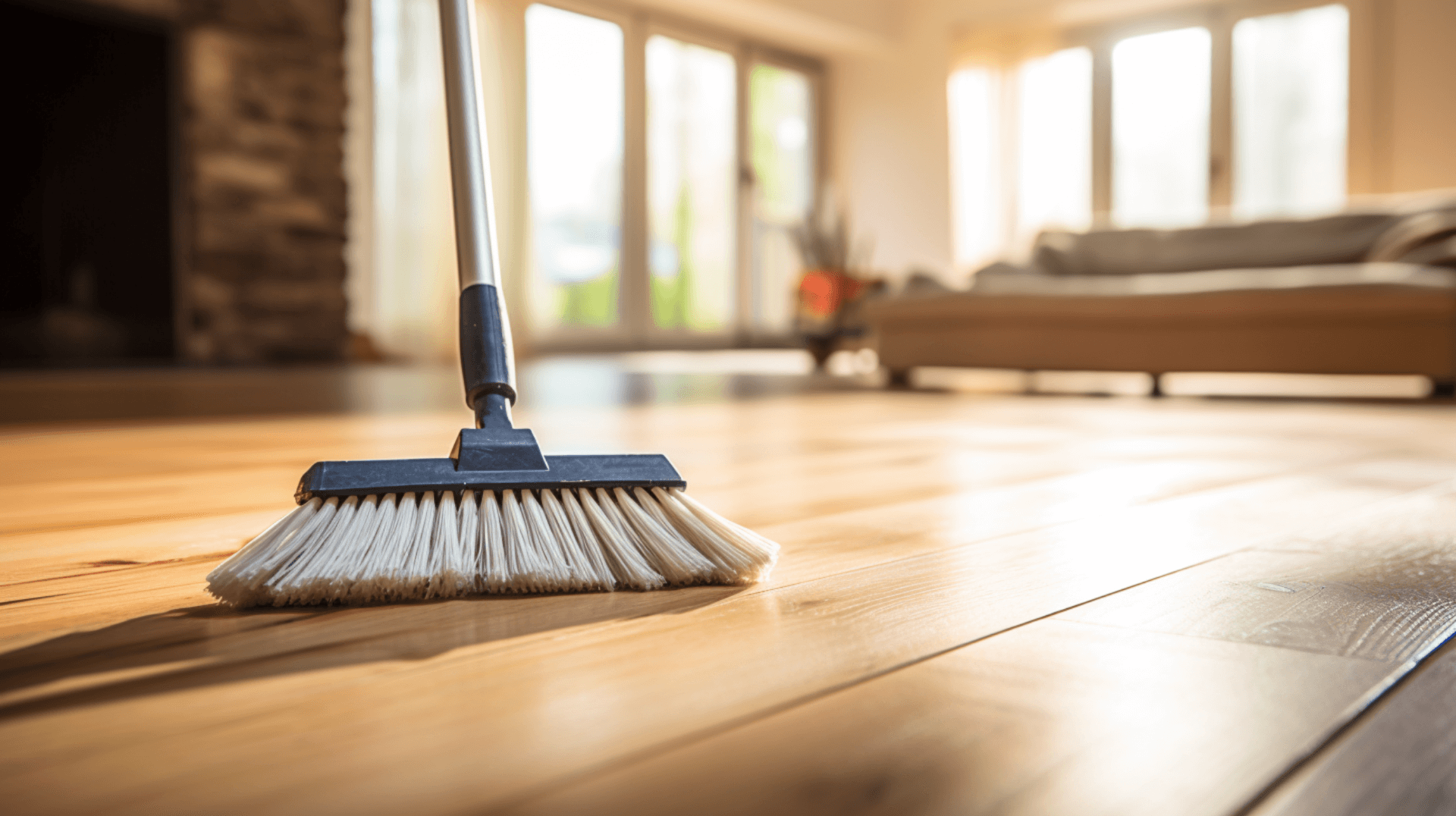
GJP Floor Sanding is a professional floor sanding and refinishing company that offers a comprehensive range of services for wooden floors. From cleaning and sanding to refinishing and maintenance, GJP Floor Sanding can help homeowners and business owners keep our wooden floors looking our best.
Cleaning, Sanding, and Refinishing: GJP Floor Sanding can assist in the cleaning, sanding, and refinishing process. Our experienced professionals use the latest equipment and techniques to ensure a high-quality finish. We can help identify the best floor finish for the job, and provide advice on the best cleaning products and methods to use. We can also ensure that adequate cross-ventilation is given to the floor by providing additional external vents or tapering the insulation to maintain the original ventilation rate.
Maintenance Services: GJP Floor Sanding also offers a range of maintenance services for wooden floors. We can help protect the floor from UV/sun exposure and furniture scratches, and provide advice on how to repair any scratches or dents. We can also provide regular maintenance to keep the floor looking its best and ensure its longevity.
Get in Touch: Customers can get in touch with GJP Floor Sanding by visiting our website or contacting us directly. We can provide more information about our services and schedule a consultation or service appointment. With our expertise and professional assistance, customers can trust GJP Floor Sanding to help us achieve a beautifully restored wooden floor that enhances the overall aesthetic of our space.
